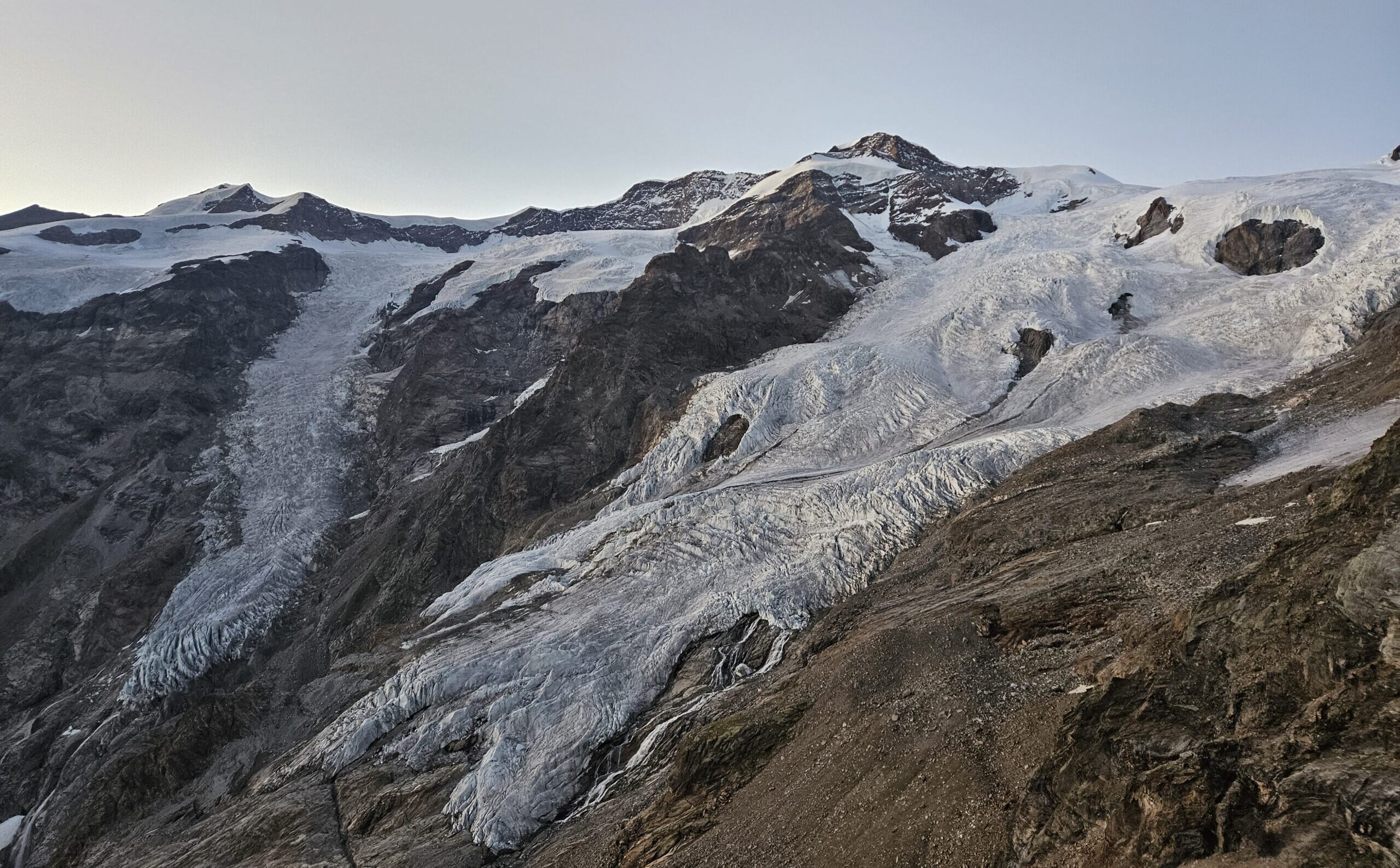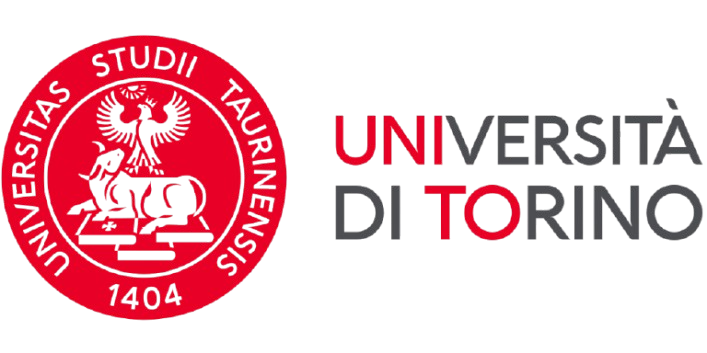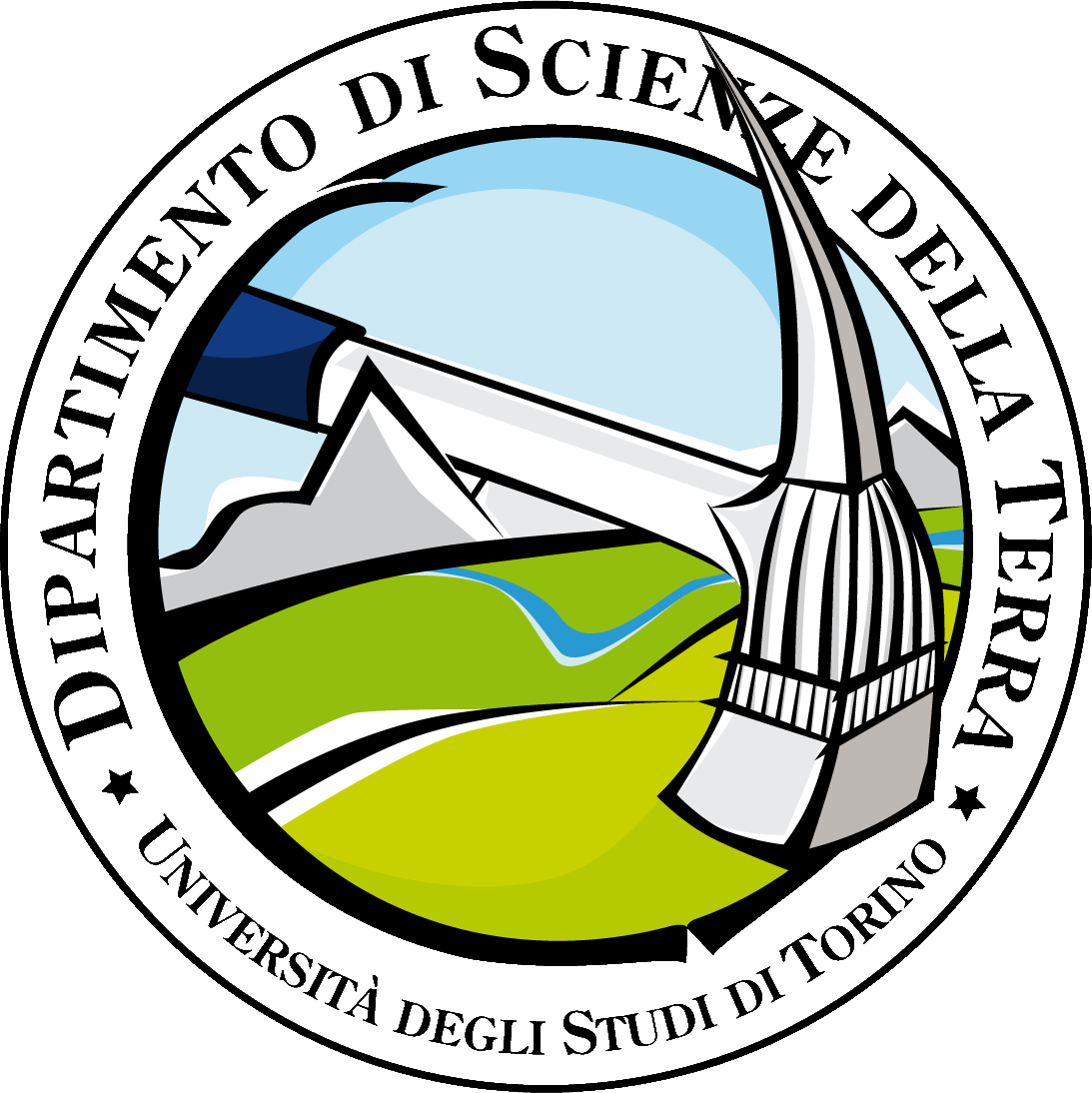Glaciers are dynamic systems of snow and ice that accumulate and melt, producing a wide range of sounds associated with morphodynamic and hydrological processes, such as their deformation and movement, melting and refreezing cycles, and ice collapse. The USIE (Un Suono In Estinzione) project leverages sound analysis to investigate Alpine glacier evolution and to raise awareness of climate change impacts. Through a multidisciplinary approach, the project aims to advance scientific research in alpine glacier hydrology while creating artistic performances and installations, both relying on the same dataset of recorded sounds. Such an approach can be classified as STEAM, as it integrates Scientific research, Technology, Engineering, Art, and Mathematics, incorporating into the classical STEM aspect, typical of classical hydrological and cryospheric sciences, the perceptual and emotional dimensions typical of sound arts. Between 2021 and 2023, over 14,000 hours of acoustic data were collected on the Adamello Glacier using five bioacoustic recorders, suitable for long-term outdoor deployment, placed in strategic locations, such as crevasses and meltwater streams. For the same years, the spatially distributed energy and mass balance PDSLIM model has been used to compute surface melting and runoff at the sound recorders’ locations. In order to capture the daily variability of surface melting, the model requires hourly temporal resolution meteorological input data. Here, we show how acoustic monitoring can be used for the calibration and validation of the surface melting model. We show how the sound pressure daily variability reveals insights about timing and amplitude of snow and ice melting cycles and the hydrological response of the glacier, highlighting seasonal and daily patterns. Through this innovative approach, we investigate the potential of acoustics as a complementary tool for advancing cryospheric and hydrological science while emotionally communicating the critical conditions of alpine glaciers.










